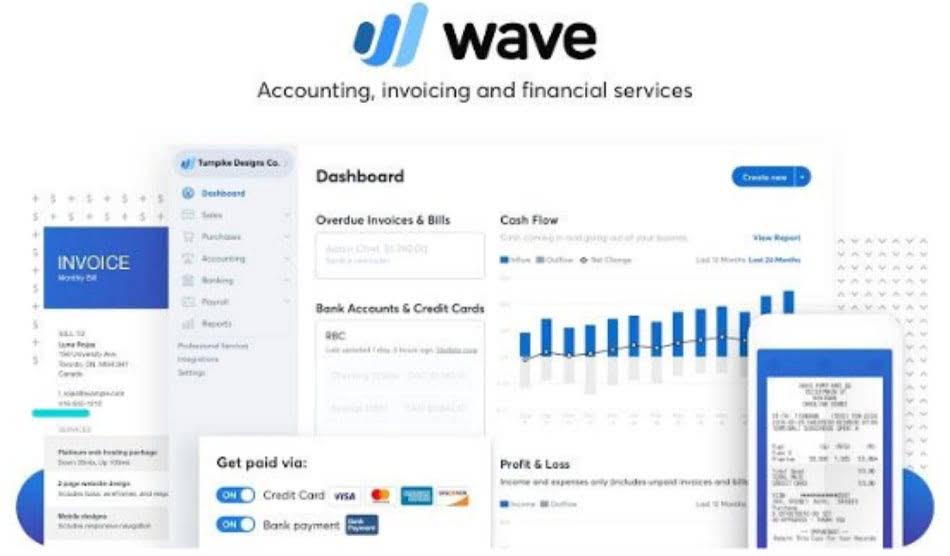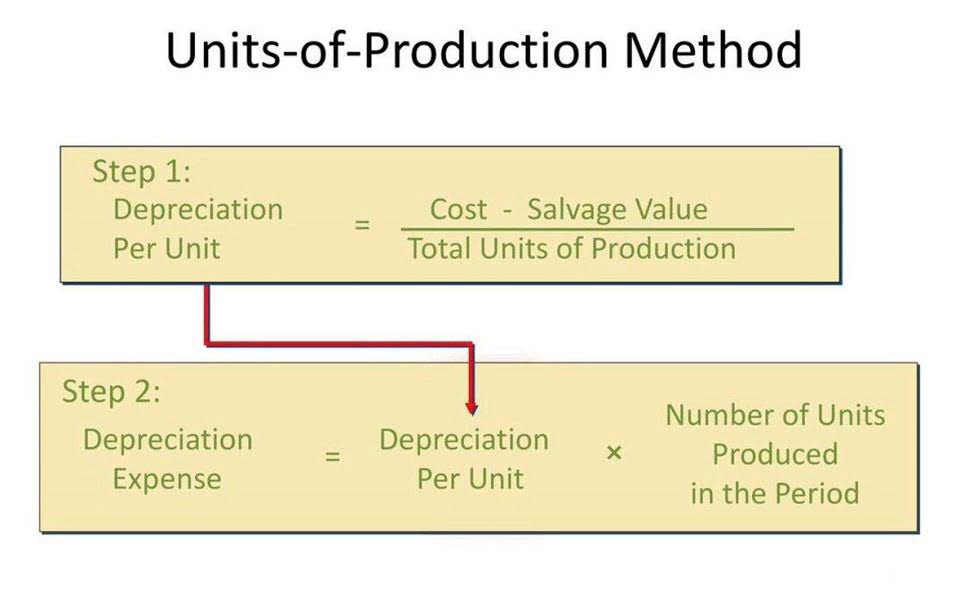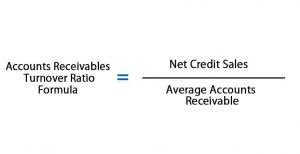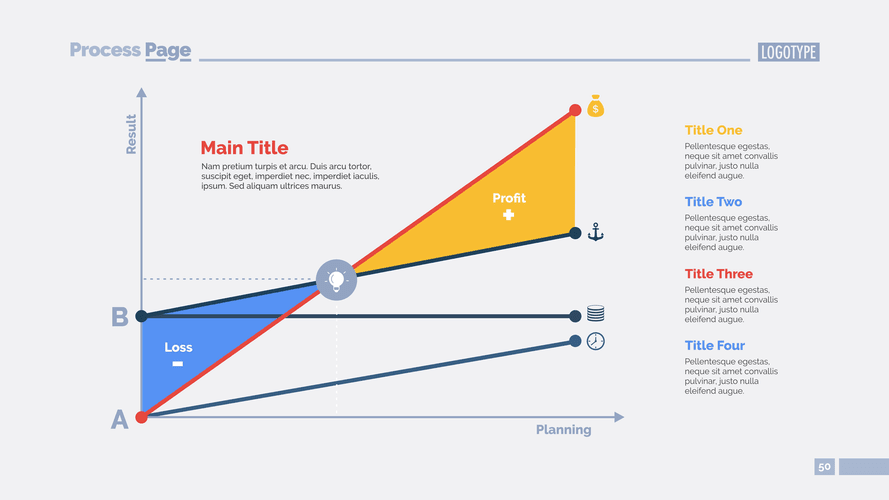The car tariff could be problematic because the US is the British car sector’s largest single market by country (18.4% of the total), accounting for £6.4bn worth of car exports in 2023. First-time buyers now start paying stamp duty on the value of homes above £300,000, down from £425,000, while other movers will see this “nil rate” halve from £250,000 to £125,000. On the other side of the ledger, the minimum wage has risen 77p to £12.21 an hour for staff aged 21 and over, and £1.40 to £10 for workers aged 18 to 20. Pensions and benefits payments are increasing this weekend – we explain how much recipients will get. We also round up a raft of measures announced by the government last year that are about to take effect, and reveal the cheapest supermarkets. The weekly GTA Online update for April 3, 2025, is live with reward events, discounts, prizes, and… peyote.
- And the related cost of goods sold with the original amount is revised back to inventory.
- In this case, the “sales returns and allowances” account is required for recording such transactions.
- With the right format and purpose, it helps both parties manage returns professionally and smoothly.
- At the same time, the government is increasing the Employment Allowance – the amount by which smaller businesses can reduce their national insurance contributions – from £5,000 to £10,500.
- A well-structured sales returns policy is fundamental to managing the process efficiently and maintaining transparency with customers.
- If a customer receives an item that does not match their order, such as the wrong product, size, or color, an incorrect order return letter can be used.
Are the Accounts Receivable Current or Non-assets?
In this case one asset (accounts receivable) decreases as the accounts payable stockholders equity money owed by the customer is cancelled, this reduction is balanced by the decrease in owners equity. The debit to the income statement for the sales return decreases the profit which decreases the retained earnings and therefore the owners equity in the business. Debit The goods are returned and the asset of inventory increases. The debit to sales returns reduces the value of sales and at the end of the accounting period, will reduce the sales credited to the income statement.
Adjust for Different Business Models
Home Bargains previously offered customers a £500 reward to help catch shoplifters in its stores in 2023, while it also launched a confidential hotline where any information can be reported. The opposite of net revenue is gross revenue, which represents the total earnings before any deductions. Xero does not provide accounting, tax, business or legal advice. You should consult your own professional advisors for advice directly relating to your business or before taking action in relation to any of the content provided. Knowing about revenue and tracking it is key to understanding where your money’s coming, your business future, and the decisions you need to make to succeed. Understanding the difference between revenue and profit is essential for making smart business decisions.
Journal Entries for Sales Return:
The accounting treatment of sales returns and allowances occurs after this period. Therefore, companies must account for them as a reduction in sales rather than credit the account with the amount. It is one of the similarities between sales returns and allowances. Inventory management also plays a role in a strategic approach to monthly balance sheet forecast report sales returns.
Next, verify the return follows the approved company return policy. Many explaining the trump tax reform plan businesses have return windows, or a period of time during which they accept returns. Every company’s sales process needs to help sales reps stay personal and relevant. It’s about building relationships, understanding your client base, and being versatile enough to pitch your product or service just right in every circumstance. But that doesn’t mean that a codified, structured sales process can’t support effective selling.
Later, when you have a new angle or the timing is more appropriate, you can put them back into the sales cycle. It’s a simple way to build good will and to make a customer — present or potential — feel taken care of. Don’t lose sight of everything you’ve learned about your lead, and approach negotiations with a positive attitude. Even if they don’t notice it consciously, potential customers or clients can pick up on things like anxiety or insecurity, and it can impact their receptiveness.
Related AccountingTools Courses
- Be sure that the offer you’re presenting delivers a clear solution to a real concern or weak spot for your potential client or customer.
- These transactions necessitate a financial adjustment as they effectively negate a portion of the revenue previously recognized.
- Instead, companies offer a sales allowance after when it makes sales.
- Under accrual accounting, revenue is recognized when it is earned, even if payment is received later.
- Pensions and benefits payments are increasing this weekend – we explain how much recipients will get.
- Understanding the intricacies of these transactions is the first step in managing their impact on a company’s financial statements and customer satisfaction.
- Once ordered, companies may deliver the goods or request customers to get those goods from a warehouse.
By accurately tracking net revenue, you can identify revenue leakages, optimise pricing strategies, and improve financial decision-making. A sales return refers to the situation where a customer returns a product they’ve purchased, usually because it’s defective, doesn’t meet their expectations, or they’ve simply changed their mind. When a sales return occurs, the seller usually either refunds the money to the customer, offers store credit, or exchanges the product for another item. After assessing the goods, XYZ Co. returned products worth $50,000 as they suffered damages during the delivery.
Sales returns and allowances definition
Options include charging a restocking fee, allowing free returns within a set timeframe, or only allowing returns with a receipt. Accountants can enter these transactions into a sales returns account after confirming that a return complies with a company’s policy. From an accounting perspective, sales returns can reduce the total revenue that a business reports because the sale is essentially reversed. In short, a sales allowance does not involve a physical return of goods.
This is properly recorded with a debit to “Accounts Receivable” and credit to “Sales”. In the books of MAHOGA, the sales return would be recorded by debiting “Sales Returns and Allowances” and crediting the customer’s account for $600 (100 units x $6). Sales returns involve actual physical return of the merchandise with a corresponding refund or credit to the customer’s account. Sales allowance, on the other hand, happens when the customer agrees to accept the item with a reduction in its original selling price. Both incidents are adjustments to sales and are recorded under “Sales Returns and Allowances”.
Chartered accountant Michael Brown is the founder and CEO of Double Entry Bookkeeping. He has worked as an accountant and consultant for more than 25 years and has built financial models for all types of industries. He has been the CFO or controller of both small and medium sized companies and has run small businesses of his own.
Based on what you’ve learned through prospecting, strategize around the best way to contact your potential lead. For PO returns, the cost processor uses the FIFO receiptlayer cost to deplete inventory, while it offsets receiving inspectionat the acquisition PO price. The difference between the PO priceand the FIFO receipt layer cost is booked as cost variance. After seeing the number of returns and getting feedback from customers, “Trendy Threads” realizes that there’s an issue with the sizing guide provided for the jeans. They decide to update the sizing guide on their website and offer a more flexible return policy for the affected customers.
The auditing of sales returns transactions is an integral part of financial oversight, ensuring the accuracy and integrity of financial records. Auditors examine the returns process to verify that transactions are recorded correctly and comply with the company’s established policies. They assess the adequacy of internal controls surrounding returns, such as authorization procedures for accepting returns and issuing refunds or credits. This scrutiny helps in identifying any discrepancies or irregularities that could indicate errors or fraudulent activity. In this article, we cover the accounting for sales returns and allowances; especially the sales returns and allowances journal entry under both periodic and perpetual inventory systems. In this case, the company provides an allowance to customers as compensation and the customers do not need to return goods.
This account is presented in the income statement as a deduction from “Sales” (or Gross Sales). Sales return reduces the revenue in the business because when a sales return happens, it is deducted from sales, and sales is revenue, so it reduces the revenue in the business. In simple words, when sales are made, it increases the revenue, similarly, when sales return happens, it reduces the revenue. For example, sales amount is Rs 100, and sales return amount is Rs 20 in this case, revenue before sales return is Rs 100 but after sales return is Rs 80. The company may grant a reduction of the purchase price to customers so that customers can keep the goods.
Usually, companies have a policy that states whether they accept goods returned by customers. Similarly, it will include the terms and conditions for which the returns will be acceptable. In summary, sales returns are recorded at the amount the item was previously sold.
As mentioned above, sales return and allowances is a contra account of sales revenue account. To arrive at net sales, we take the gross sales or simply sales revenue minus sales discount as well as sales return and allowances. In a single-step income statement, we do not present the sales return and allowances separately.
Sales return increases the stock in the business because when a sales return is made, the product sold is returned to the seller, due to which the stock increases. In simple words, when a sales return occurs, a reverse entry is passed. Due to a sales return, the stock with the seller increases and the stock with the buyer decreases. We will need to keep the returned goods in the company’s warehouse and reflect this transaction correctly in the accounting records. A company with high gross revenue but low net revenue may be offering excessive discounts, facing high return rates, or incurring hidden costs. For instance, if a business generates ₹50 lakh in gross revenue but retains only ₹30 lakh after deductions, it may need to adjust its pricing strategy or improve product quality.











